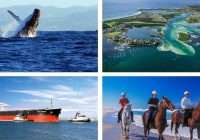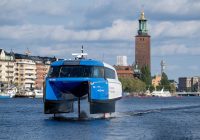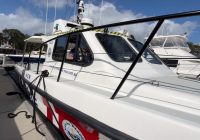Ferrari unveils Hyersail: Innovation, Performance and efficiency in a sporting challenge to conquer the oceans
In a bold new chapter for the Italian automotive icon, Ferrari has unveiled Hypersail, a revolutionary 100-foot full-foiling ocean racing monohull that marks the company’s ambitious entry into the world of sailing.

Unveiled in June 2025, the Hypersail project is spearheaded by veteran ocean racer Giovanni Soldini, who serves as Team Principal. Designed by renowned naval architect Guillaume Verdier, the vessel incorporates cutting-edge foil technology inspired by America’s Cup boats, adapted for long-distance offshore racing. However, unlike AC75s, Hypersail will not compete in the America’s Cup due to its different specifications and focus.
Hypersail is more than a racing yacht, it’s a floating innovation lab. Ferrari is using the project to transfer its hypercar expertise into marine engineering, focusing on energy efficiency, sustainability, and advanced control systems. A dedicated team of 20 Ferrari engineers, supported by nearly 90 specialists across disciplines, is working to bring the concept to life.
Technically, the yacht will feature a tri-point foil system comprising a canting keel, a rudder foil, and a lateral foil, enabling stable, high-speed foiling even in open-ocean conditions. What sets Hypersail apart is its complete energy independence. The yacht will be powered exclusively by renewable sources, solar, wind, and kinetic energy, without relying on a combustion engine. This makes it one of the first zero-emission high-performance ocean racing yachts of its kind.
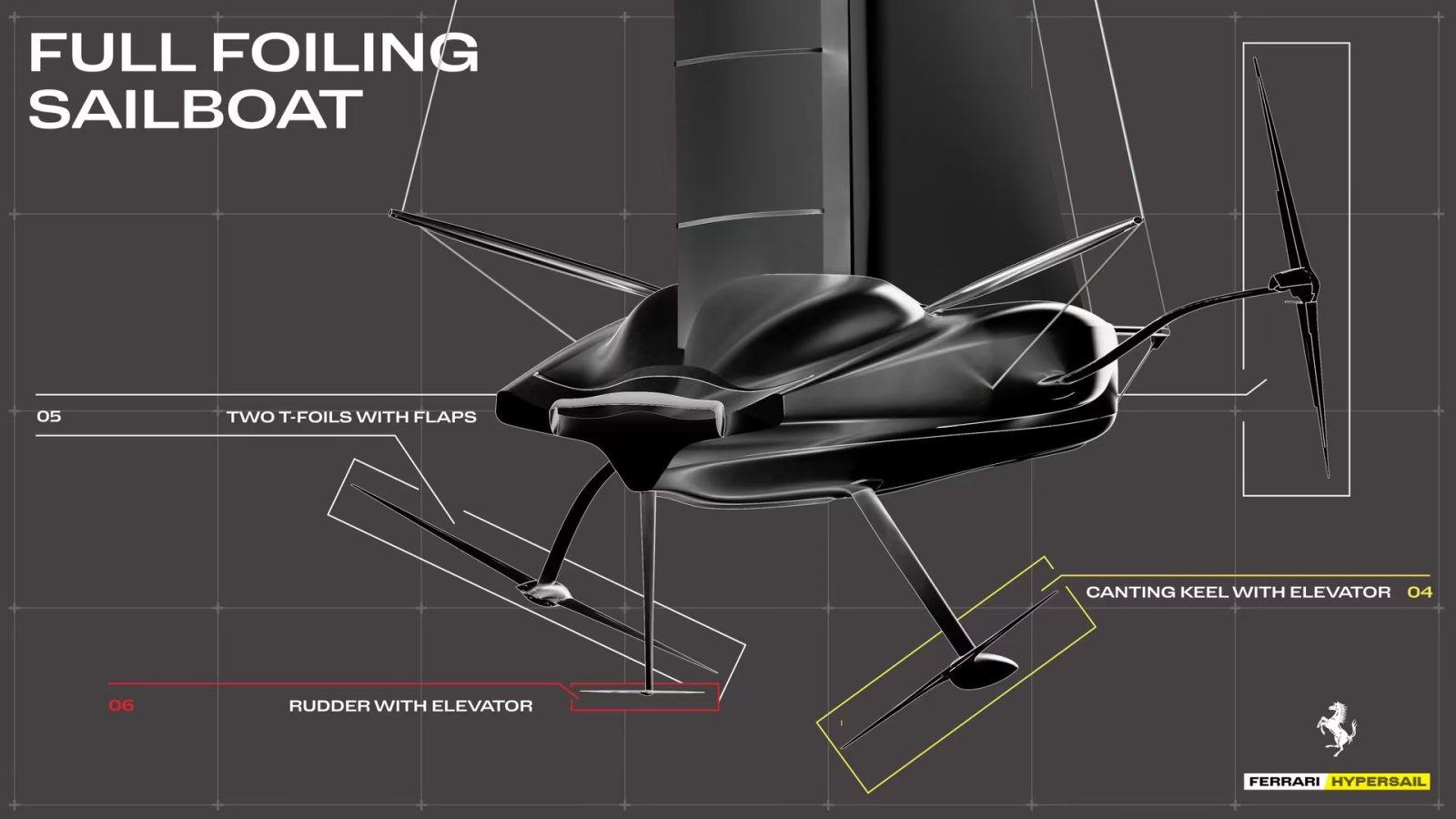
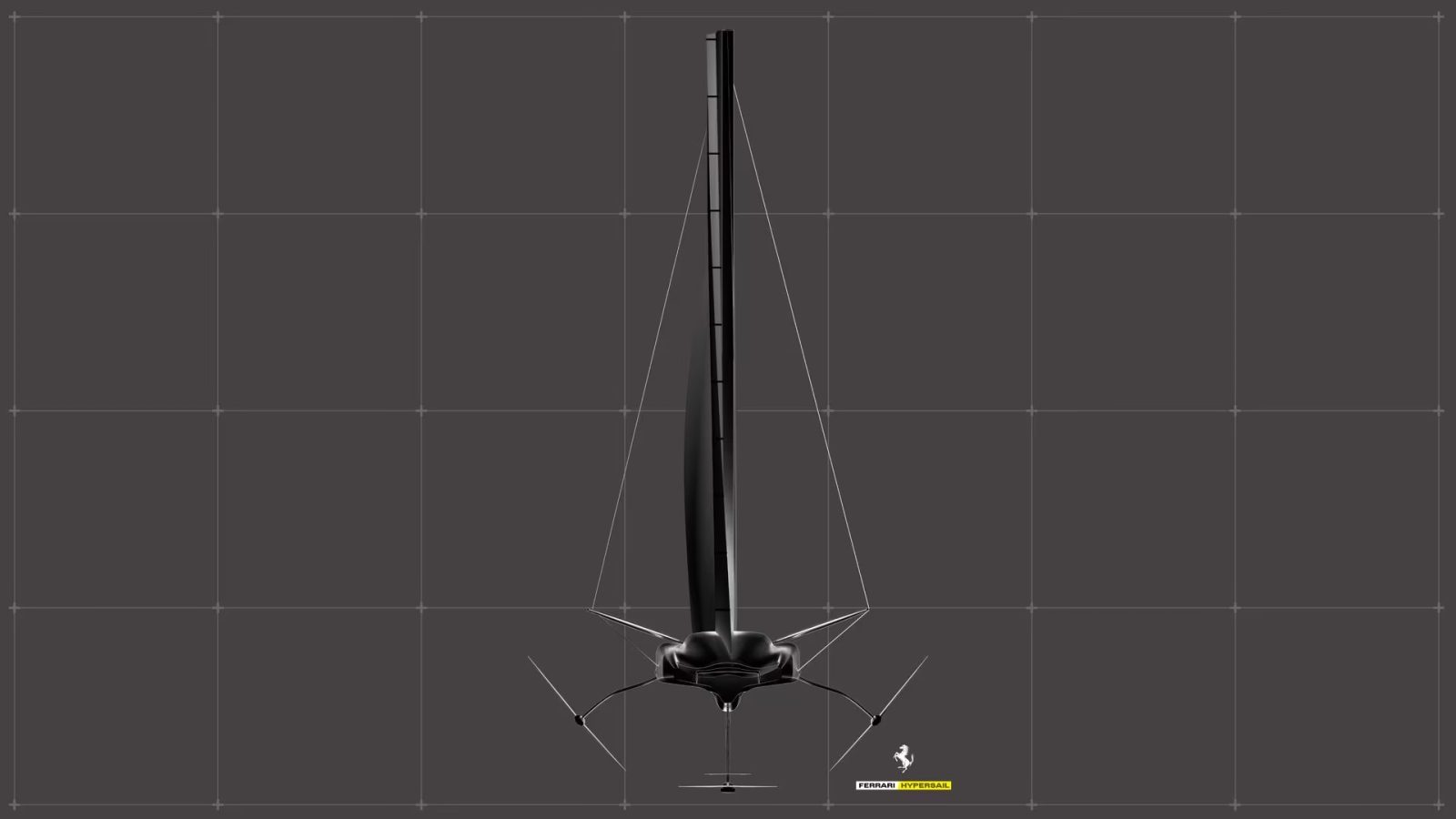
Drawing on Ferrari’s Formula 1 and road car know-how, Hypersail will also incorporate vehicle-derived active control systems. These include advanced software adapted from Ferrari’s suspension technology to optimise foil positioning and ensure dynamic stability in varied sea states.
The crew complement will be limited to 8–12 sailors, allowing for efficient operations while maintaining high performance. While no competitive racing schedule has been announced, the vessel is expected to participate in offshore challenges or record-setting voyages.
Ferrari has already filed nine patents related to the Hypersail’s innovative foil and control systems, reinforcing the project’s role as a testbed for new technologies that could eventually influence both marine and automotive sectors.
With Hypersail, Ferrari isn’t just building a boat, it’s redefining how speed, sustainability, and smart engineering can converge on the open ocean. This venture reflects Ferrari’s broader commitment to high-performance innovation with an environmentally conscious edge.
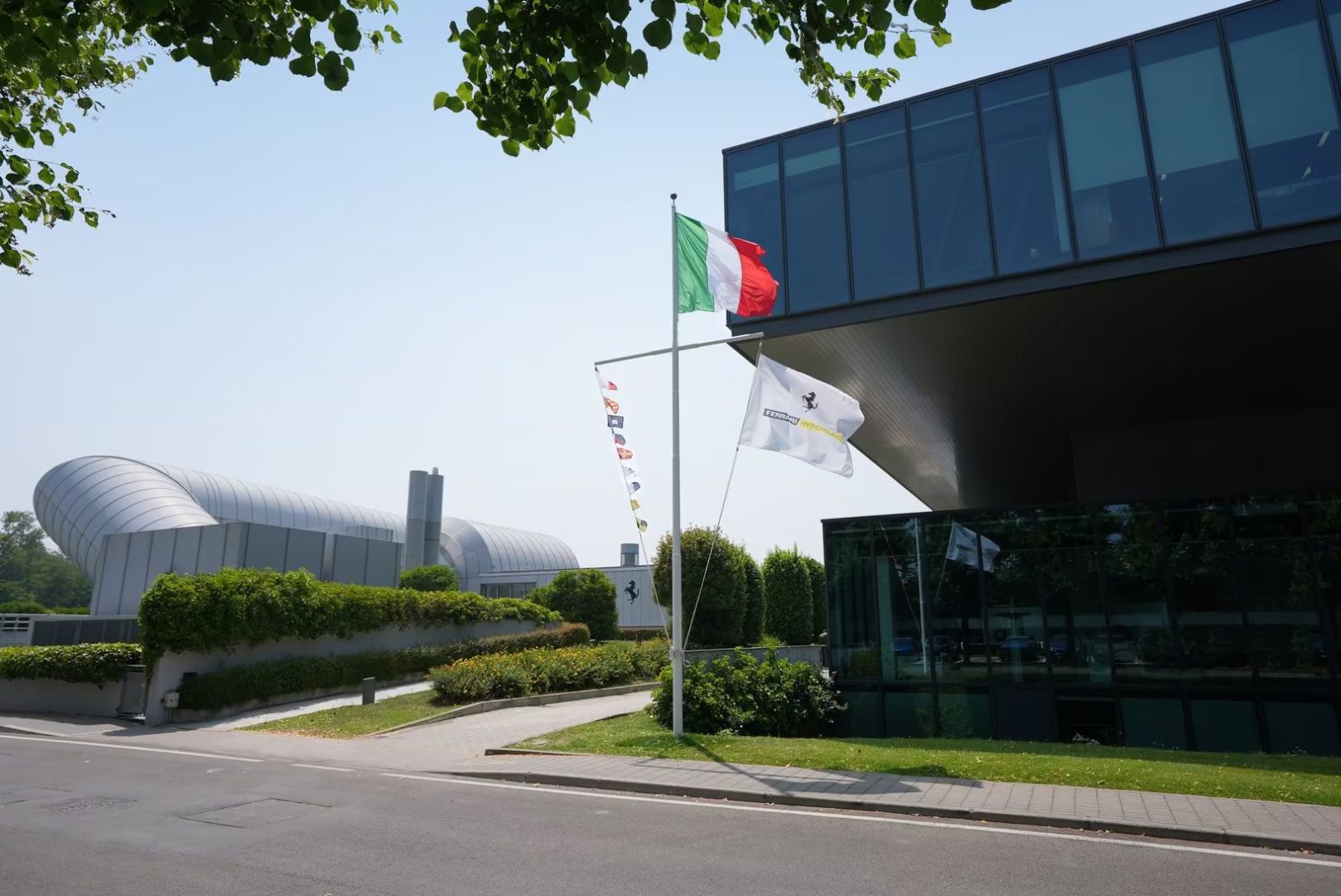
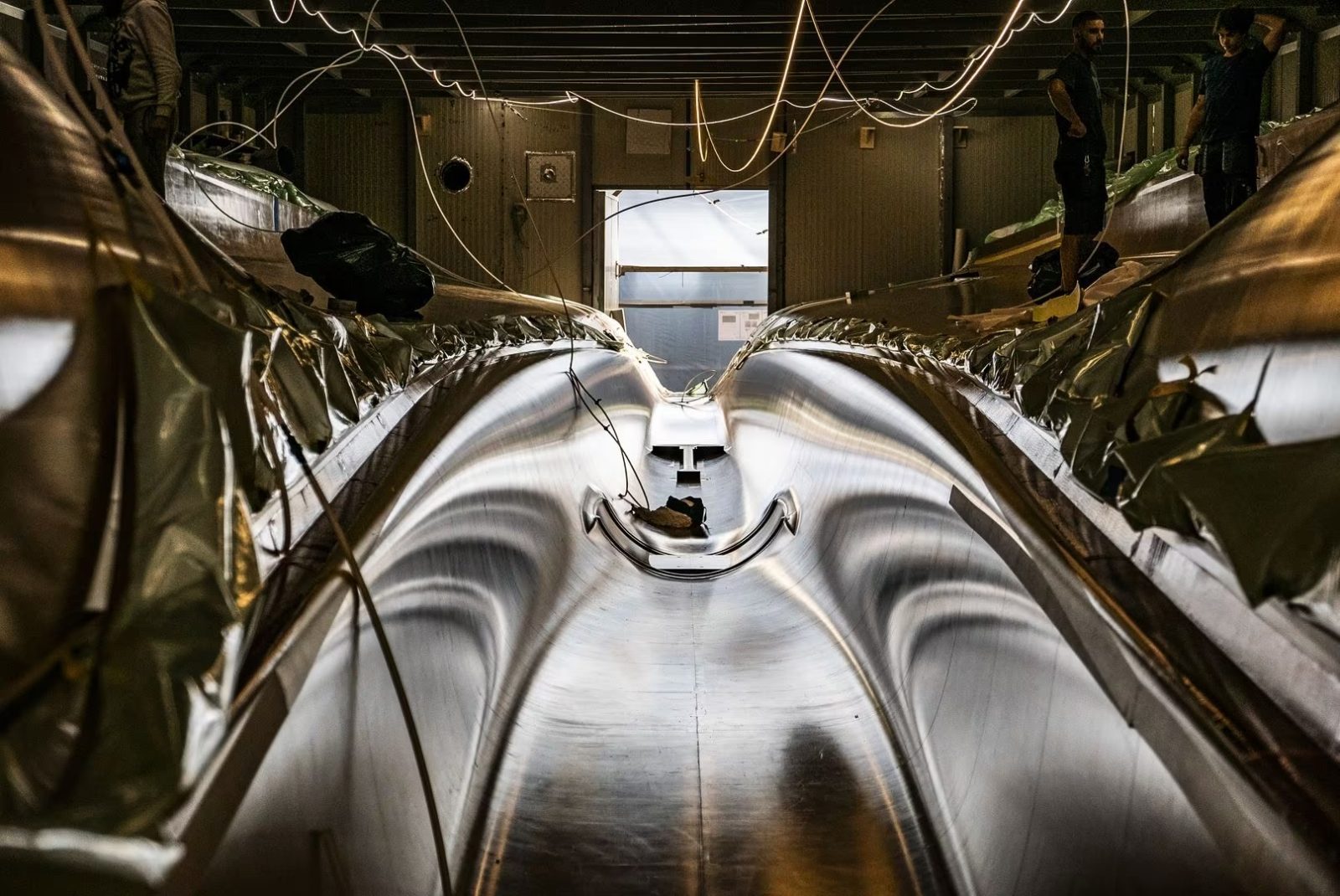

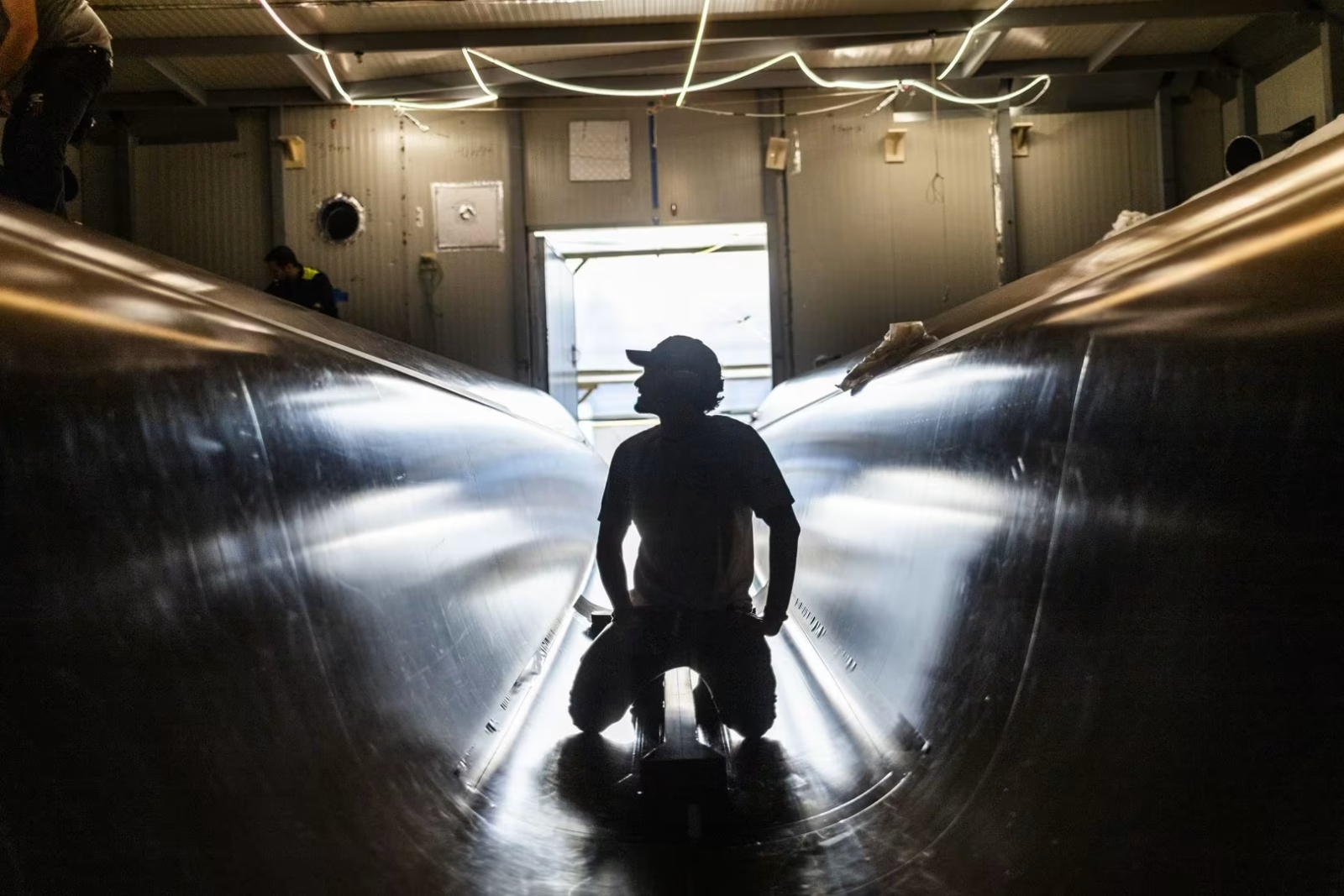
Drawing on Ferrari’s Formula 1 and road car know-how, Hypersail will also incorporate vehicle-derived active control systems. These include advanced software adapted from Ferrari’s suspension technology to optimise foil positioning and ensure dynamic stability in varied sea states.
The crew complement will be limited to 8–12 sailors, allowing for efficient operations while maintaining high performance. While no competitive racing schedule has been announced, the vessel is expected to participate in offshore challenges or record-setting voyages.
Ferrari has already filed nine patents related to the Hypersail’s innovative foil and control systems, reinforcing the project’s role as a testbed for new technologies that could eventually influence both marine and automotive sectors.
With Hypersail, Ferrari isn’t just building a boat, it’s redefining how speed, sustainability, and smart engineering can converge on the open ocean. This venture reflects Ferrari’s broader commitment to high-performance innovation with an environmentally conscious edge.
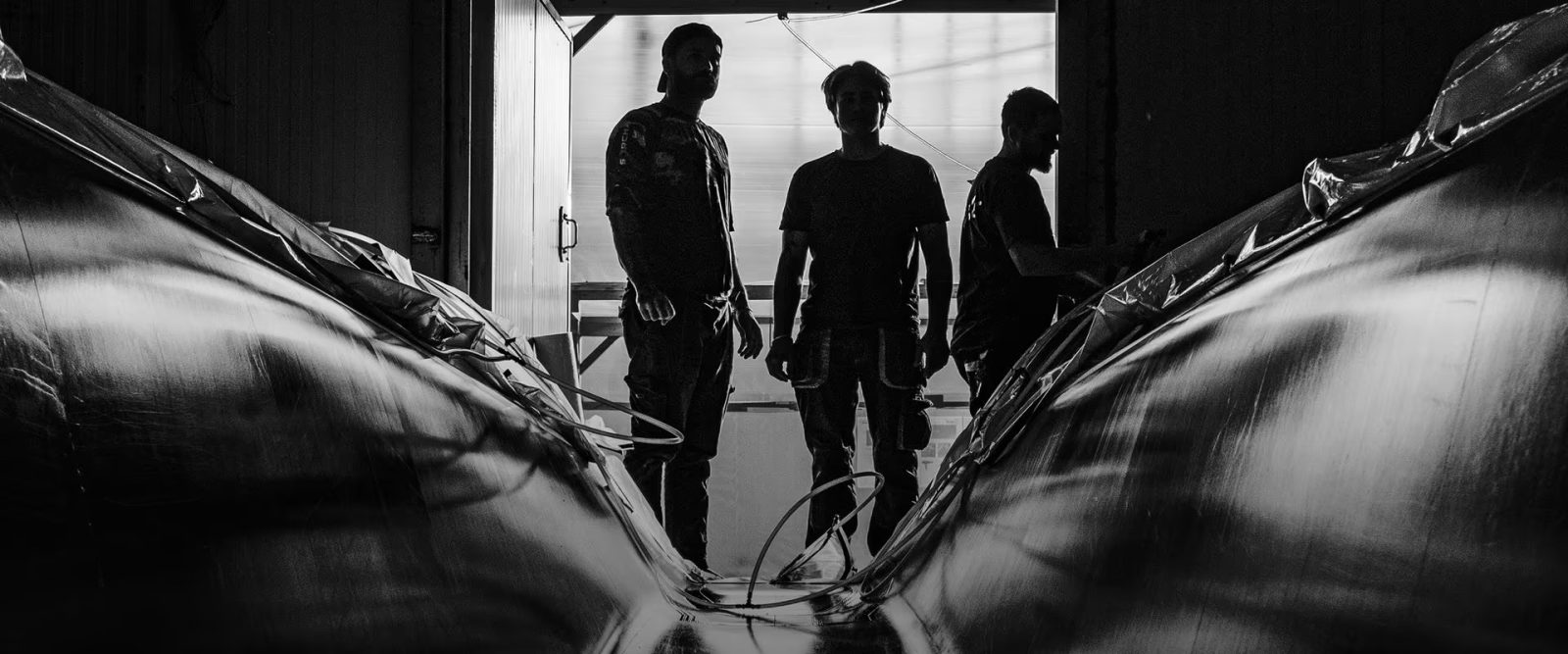
Led by Team Principal Giovanni Soldini, Hypersail aims to establish an outstanding research and development platform focused on offshore sailing. To explore new frontiers in technology and innovation, the project draws upon the expertise of the Ferrari team, which, in close collaboration with specialised nautical experts, is directly involved in the entire cycle of conception, engineering, and testing.
The yacht, designed by French naval architect Guillaume Verdier, also represents a great nautical achievement: a groundbreaking 100-foot flying ocean racing monohull prototype that will stabilise its flight on three points of contact. Verdier’s most notable innovation is the use of a canting keel as the support for one of the foils, with the other two contact points being a foil on the rudder and, alternately, the two lateral foils.
The 100-foot yacht will also be the first of its size in the world to be entirely energy self-sufficient.
Currently under construction in Italy, the yacht is scheduled to launch in 2026, after which it will undergo its initial sea trials.
“Giovanni Soldini is a key pillar of this project, not only because of his achievements as a sailor but also his unmatched experience in yacht development and construction. The excellent teamwork between Ferrari and Guillaume Verdier is bringing into existence a unique boat that will fly across the oceans, representing a real opportunity for innovation in both the nautical and automotive worlds.”
- Ferrari Chairman John Elkann.“An exciting challenge, backed by a truly unique team that brings together Ferrari’s excellence and the expertise of specialists in ocean sailing design. The meeting of different cultures and advanced technologies is enabling us to build a yacht that is revolutionary in many respects.
From a nautical perspective, it’s innovative in both its structure and how it will fly; on the systems front, Ferrari’s contribution is driving the development of on-board control technology that has never been seen before. To prepare as well as we can for the variability and force of the phenomena and conditions encountered at sea, our top priority is to strike the right balance between the pursuit of extreme performance and maximum reliability.”
- Giovanni Soldini, Team Principal of HypersailThe TEAM
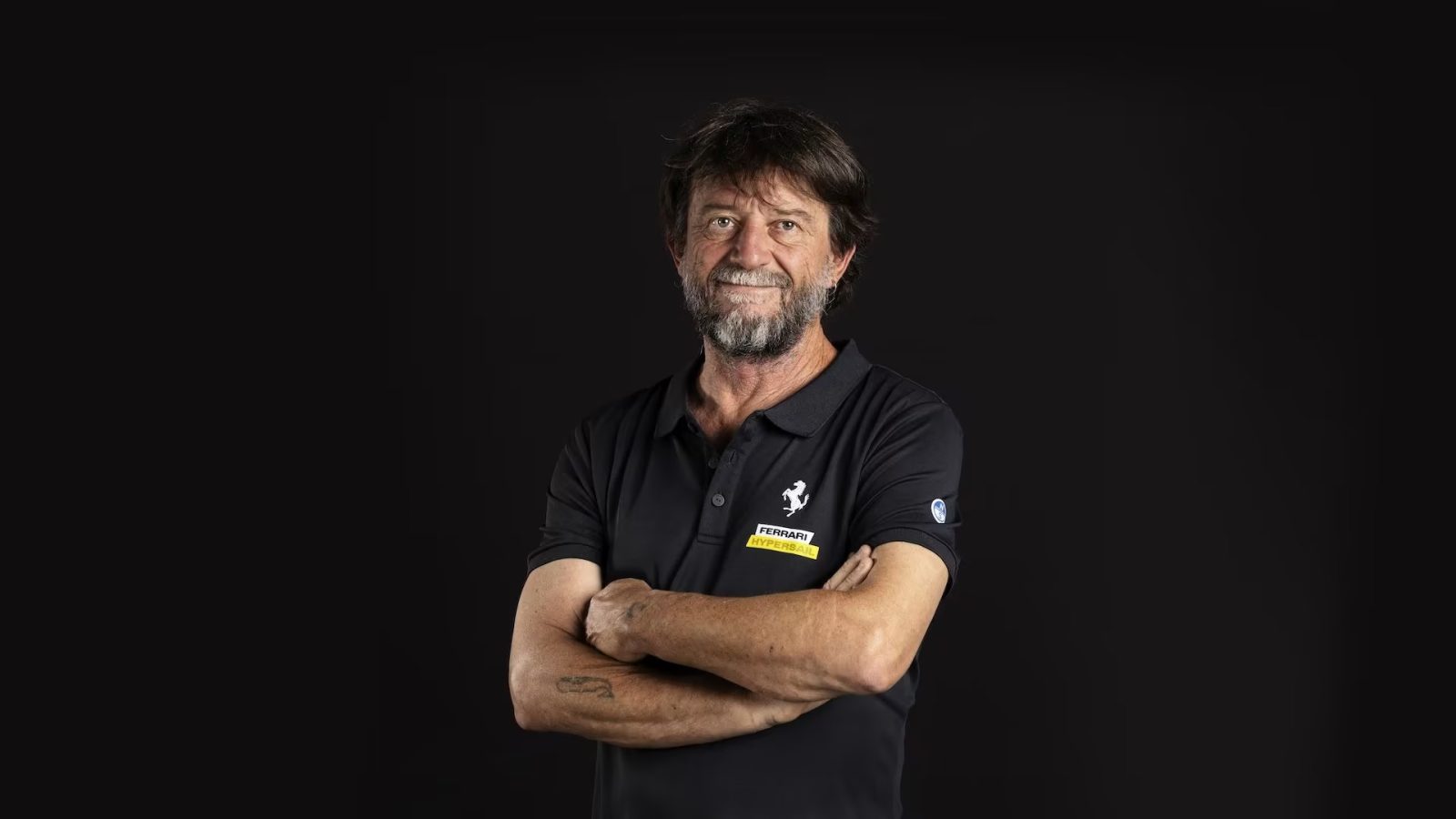
Giovanni Soldini – an experienced Italian ocean sailor, known for his solo round-the-world races, record-setting voyages, and commitment to innovation and sustainability in sailing.

Matteo Lanzavecchia – A mechanical engineer with long-standing experience at Ferrari, he leads sports car engineering and, since 2022, has served as CTO of Ferrari Hypersail, promoting the integration between high-performance automotive and innovative sailing.
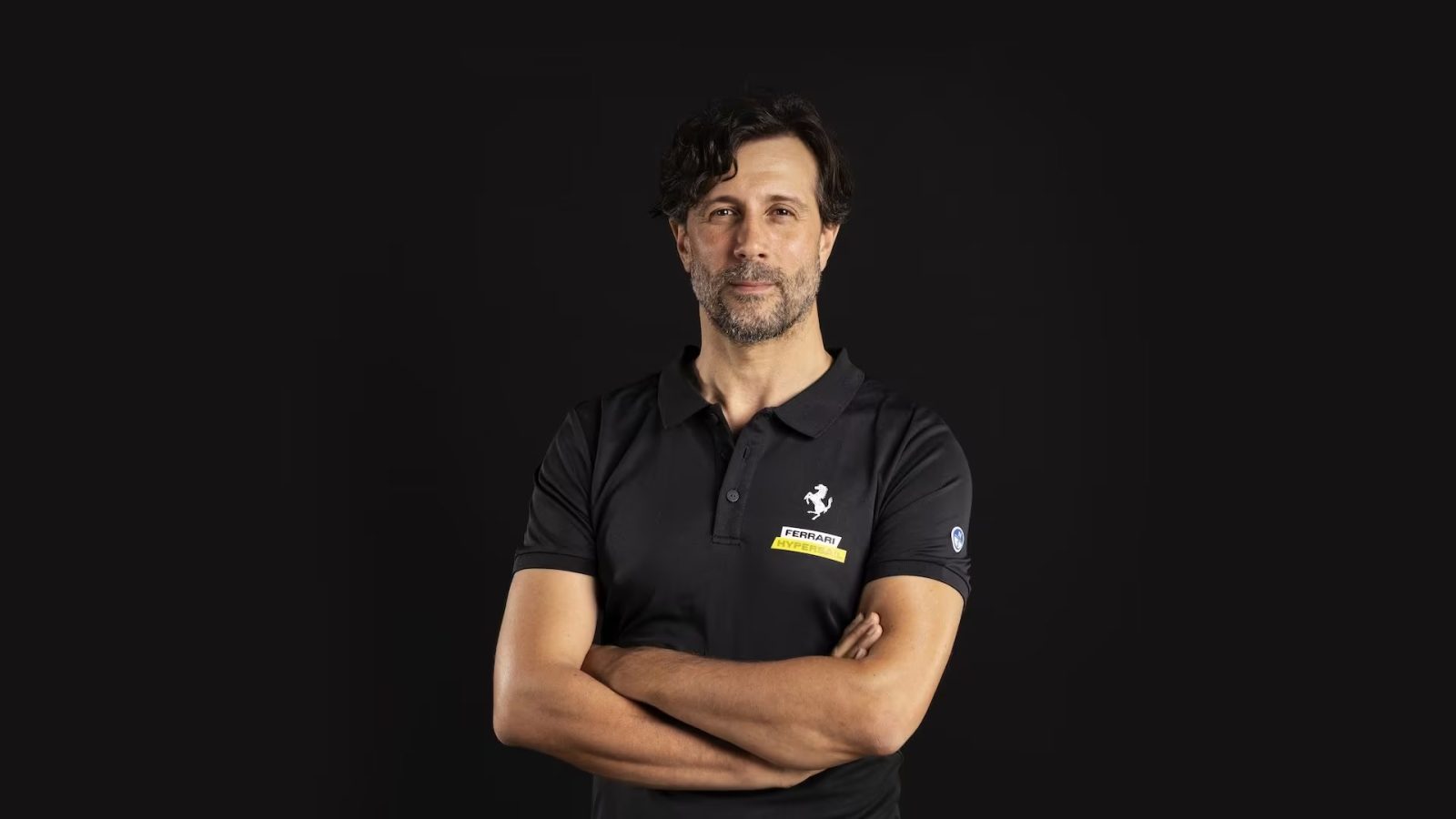
Marco Guglielmo Ribigini – Team Leader of Ferrari Hypersail. A mechanical engineer with a long career at Ferrari, he has led the development of iconic models and now brings his automotive innovation expertise to the world of high-performance sailing.
Open Innovation and technology transfer
To drive innovation and create value, the Hypersail project is grounded in open innovation, aiming for close collaboration and the exchange of ideas and external expertise between Ferrari, its partners, and suppliers. This approach is used to develop systems in the areas of aerodynamics, energy efficiency, power management, and kinetic energy.
Technology transfer from the realm of Ferrari sports cars is also central: the yacht will sail with a flight control system developed from the expertise acquired in the automotive sector – employing aerodynamic and structural calculation processes designed to ensure performance and safety for a monohull that will soar across the ocean for extended periods – with no stopovers, no pit stops, and no external support of any kind.
The search for entirely original solutions applied to the nautical world led to the filing of nine patents, with six more currently being drafted. The contribution that the pursuit of maximum performance at sea is making to the evolution of the Prancing Horse’s sports cars is equally significant.
Energy autonomy
The monohull is designed to operate exclusively using renewable energy sources, including solar, wind and kinetic energy. There is no combustion engine on board, and all the power required to run the control and motion systems for the foils, keel and rudder, as well as the full suite of on-board computers and instruments, must be generated autonomously while under sail.
Reconciling total energy autonomy with the excellent performance expected from a yacht of this size, in the variable and often extreme conditions it will encounter, necessitates a careful energy balance and rigorous resource management. This has involved optimising the efficiency of every individual component and energy generation system.
A challenge that many had previously deemed impossible.






